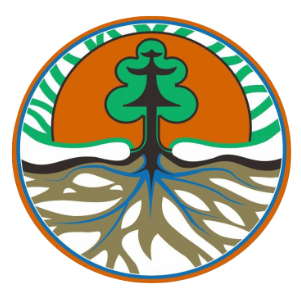
Degraded peatland is caused by forest clearing and the construction of artificial water networks. When water management is not implemented across land uses in the entire peatland landscape, then it will be a big issue that causes a water deficit and leads to increasing droughts and fires. Effective restoration must first identify the part of Peatland Hydrological system Units (PHUs) with insufficient water storage and resources. This study used intercorrelated factors of water balance, deficit months, NDMI-NDVI indices, dry periods, recurrent fires, peat depth, and water loss conditions, as the evaluation parameters, within individual sub-PHUs to determine the most degraded areas that require intervention and restoration. Sub-PHU was determined based on the peat hydrological unity concept by identifying streamline, outlet channels, peat-depth, slopes, and network connectivity. Global hydrological data using TerraClimate and CHIRPS, combined with field observations, were used to validate and calculate each sub-PHU's water balance and dry periods. Soil moisture (NDMI), vegetation density (NDVI), and fire frequency were extracted from multispectral satellite images (e.g., Landsat 8, MODIS-Terra, and MODIS-Aqua). Each parameter was ranked by the score for each sub-PHU. The parameters that can be ranked are only the ordinal type of number. The lowest ranks indicated the most degraded sub-PHUs requiring peat rewetting interventions.
Download:
 file
file

- Authors: Cahyono, B.K., Aditya, T., Istarno.
- Author Affiliation: Gadjah Mada University
- Subjects: peatlands, degradation, google earth, remote sensing
- Publication type: Journal Article
- Source: Land 11(7): 1094
- Year: 2022
- DOI: https://doi.org/10.3390/land11071094
















